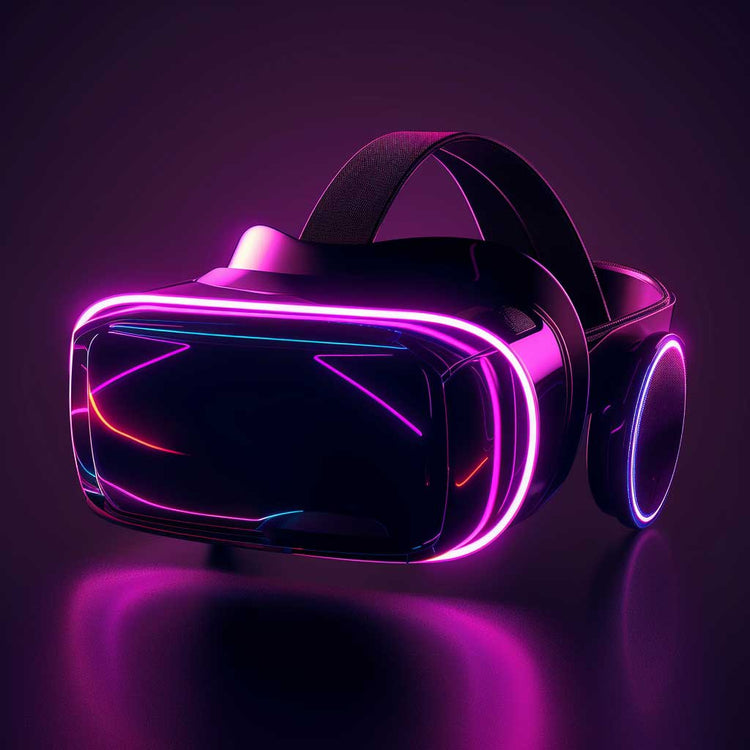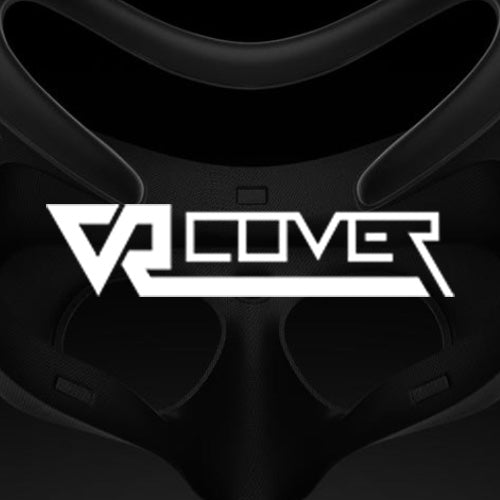Collection: VR & AR Gear & Equipment
Virtual and Augmented Reality gear are posed to transform the online world and have practical applications in a number of industries, encompassing everything from entertainment to healthcare. Learn more about the technology behind these tools and find the best VR and AR equipment to take your adult entertainment experiences to the next level.

Top VR & AR Gear Providers
Step into the Future: Your Gateway to Virtual and Augmented Realities
-
Crisp and Detailed Visuals
The latest VR and AR gear offer amazing immersive experiences thanks to their ultra-high-resolution displays, with refresh rates that are often greater than 120Hz. With these specs you can expect fully fluid and natural motion, detailed and vibrant interactive environments with zero motion sickness symptoms.
Overview
Virtual and Augmented Reality equipment are the cornerstone of VR technology, and these gadgets have helped users immerse themselves in truly interactive and realistic environments.
This type of gear has helped to bridge the gap between reality and digital experiences. They were once confined to the realm of gaming and entertainment, but with their new and enhanced capabilities, they now possess abilities that make them perfect for real-world applications in a number of broader industries such as healthcare, architecture, education, and retail.
New VR and AR gadgets allow users to interact with virtual environments by effectively blocking out the outside world and creating detailed and expansive digital spaces. These computer-generated visuals can be seamlessly overlaid onto your immediate environment with zero lag and real-time interaction.
There are a number of different types of devices that you can use to create realistic experiences and these range from VR headsets to AR-enabled systems like Hololenses.
VR headsets are typically used for immersive entertainment and specialized training, while AR devices are used for tasks that require detailed visualization, like engineering and medical applications. Developers have even gone so far as to allow medical students to perform realistic surgeries in safe, simulated environments, and in retail, customers can check new products with virtual overlays for a more comprehensive experience than the usual variety of online shopping.
How It Works
Now that we have introduced the uses and a few benefits of VR and AR gadgets, let’s take a closer look at how these devices work.
Most of these kinds of equipment use advanced optics, sensors, and processing systems to create high-definition displays behind the lenses. This effectively creates stereoscopic 3D imagery.
Other important components include built-in sensors, like gyroscopes and accelerometers, that can monitor and anticipate user movements, such as tilts or turns, and make adjustments in real time for a seamless transition between movement and visuals. These also allow for instant eye tracking and gesture recognition, which further improves the feeling of interacting in a real environment instead of a virtual one.
AR systems often use cameras and complex mapping algorithms that work in unison to overlay virtual 3D environments and elements onto a physical area for natural blending into real-world surroundings. More advanced systems use AI to help differentiate between different types of objects in a scanned environment to provide an ultra-realistic environment.
The processing capabilities of these tools are also an important component, and their processing units and GPUs are powerful enough to support real-time rendering of interactive visuals. They also possess wireless connectivity and tethering options to help different devices communicate easily.
Main Attractions and Features
The practical applications of VR and AR gear are endless. In this section, we take a look at some of the unique features of these gadgets that make them an amazing option in a wide variety of fields.
- Image Quality: The remarkable image quality of these devices is what sets them apart in the world of VR. They offer resolutions up to 4K per eye and super speedy refresh rates for highly immersive experiences.
- Interactive Tools: High-end gadgets use the latest in interactive controls, such as advanced hand-tracking and gesture systems, with lag-free responses to stimuli.
- Enhanced Sound: Audio adds another important layer to an immersive experience that is often overlooked. The best devices use spatial audio systems to create realistic directional sounds.
- Standalone design: The newest VR and AR gadgets require very little external support and can operate as a standalone device for a mobile experience that does not skimp on quality.
Future Trends in VR and AR
As VR and AR technology evolve, you can expect significant advancements in terms of the devices and gadgets used to bring these virtual worlds to life.
Some of the major expected developments include a more AI involved approach, which will allow VR technology to adapt in a much faster way to external stimuli. The integration of VR and AR into a more unified experience is another development that is on the cards. This will allow for more versatile, multi-purpose equipment and a better sense of interactivity.
In terms of the hardware, you can expect these gadgets to become more lightweight, portable and even foldable, allowing users to enter virtual environments anywhere and at any time. There are many wearable AR glasses on the market and these are expected to become much less bulky in the near future.
With the introduction of 5G connectivity, you can also expect a significant upgrade in real-time rendering and multiplayer features.
Security and Privacy in VR and AR
While the possibilities and fun associated with VR and AR seem endless, there are some serious concerns that users should take into account.
Any device that has access to data about your physical whereabouts and personal data needs to have strict security measures to protect their user’s privacy. The data generated by VR and AR gear include detailed recordings of physical movements, environmental scans, and ,in some cases, biometric information, and this kind of information can be dangerous if it falls into the wrong hands.
In addition, the cameras used in these devices can also be used to identify users or misuse their images. This is why it is important to prioritize using devices and platforms that have clear and transparent policies regarding user data and their security and encryption measures.
As a user, you should also do detailed research on customer feedback and previous data breaches of these devices to be certain of how safe your data is from possible hacker attacks.
FAQs
What is the difference between AR from VR systems?
AR is used to add virtual elements within real spaces, while VR technology is most often used to completely replace a real environment with a simulated digital world.
How widespread are consumer-ready AR devices?
While AR devices were once thought of as bulky and greatly technical devices, advancements in technology have made them more accessible to the average Joe, with very little technical know-how required to set up and use them. They are fast on their way to becoming everyday practical options.
What are the basic requirements to run top VR systems?
These days, most VR gear works as a standalone and high-performance device, and there is very little additional gear needed to operate them. Simply choose your device, buy it, and let the fun begin!
Are AR and VR gadgets affordable for individual users, or are they just meant for businesses?
Modern VR and AR gear are designed to meet the needs of both individual and professional users. Entry-level options can be purchased at affordable prices, with business models being slightly pricier.
How are data risks minimized in AR-specific tasks?
The AR technology of top platforms and devices uses localized device storage and advanced encryption protocols to protect sensitive user and operational data
What technological constraints currently affect these devices?
he current devices are mainly restricted by their batteries, with lower-priced models having less powerful or bulkier power sources. However, as technology advances, these worries will soon be a thing of the past.










